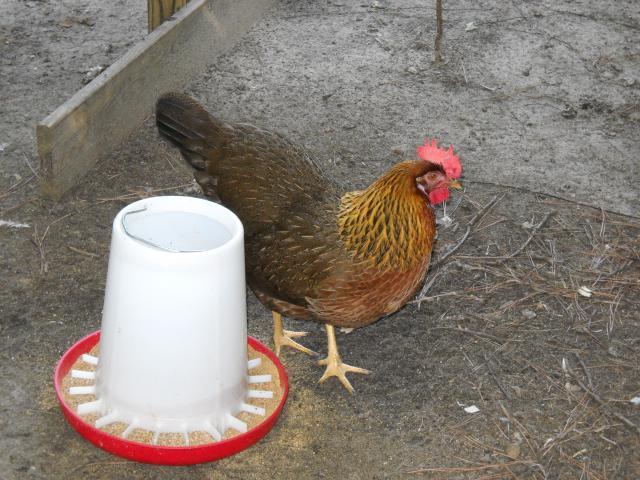Yes you are correct. Most people are unfamiliar with the term Heterozygosity (according to spell check we are both correct), so I defaulted to the more familiar...Hybrid Vigor.
Once the initial cross is made, the F1 generation shouldl be very uniform, unless one or both of the sides of the initial cross were poorly chosen. Crossing the best of both should promote a very uniform F1 generation. Should the breeder then back cross to the original line, over time the breeder can clean things up and gradually bring their original line back...well for the most part traits can be brought back as long as key members of the original line are available.
The key to maintaining a line is having a plan, knowledge of what you are doing, clearly defined goals, and maintaining large enough populations to avoid inbreeding, and better promote line breeding and strain maintenance.
If members of the F1 are crossed with each other...yeah, that's starting over and going in an entirely new direction; scrapping most or all of what came before....Breeder's Choice Award.
What intrigues me is hearing more about your project. If it is something that you can share, that would be interesting, exciting and much more mentally stimulating than the usual, "What breed is my 2 week old chick?", type of conversation. Breeding for a purpose with clear set goals, documenting progress and learning from failures...awesome!!!
Sharing knowledge with a person that posses initimate "in the trenches" experiences is always a benefit.
I'm impressed, you have my attention.




